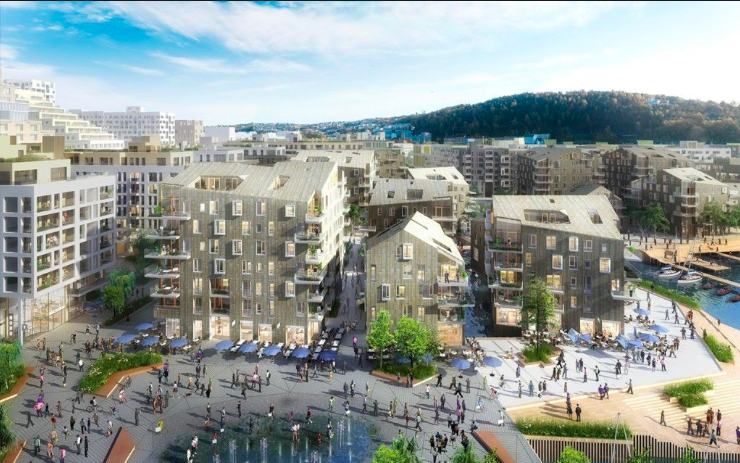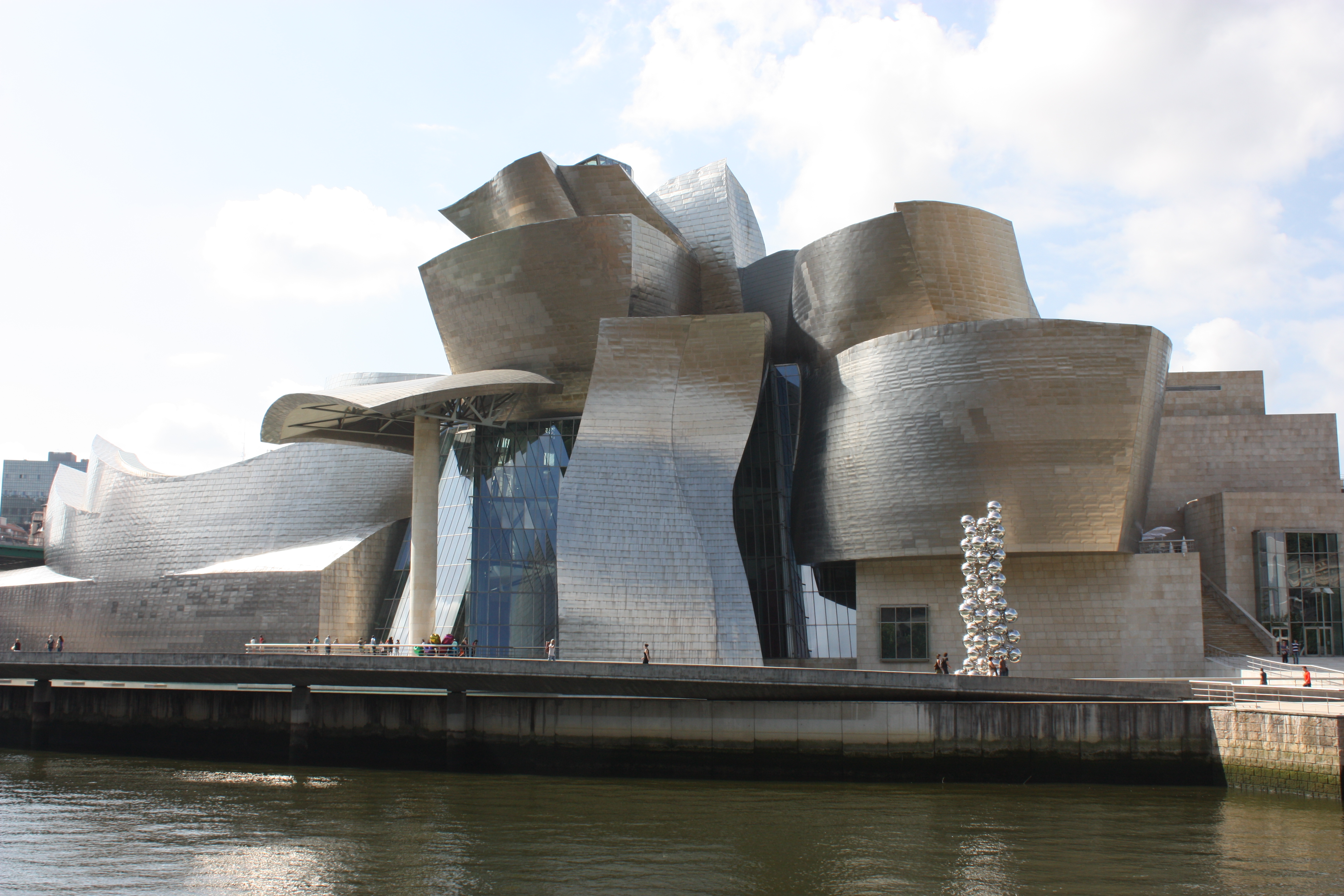Som så mange småbarnsforeldre tidligere, er jeg fanget i Harry Potter-universet. Ikke bare gjennom bøkene og filmene, men også gjennom fysisk å gjenskape dette universet ved hjelp av LEGO. Faktisk er jeg så fanget at jeg har begynt å overføre dette fiktive universet på mitt virkelige liv. Her er et forsøk på å forklare Arbeiderpartiets hovedproblem ved å plassere Arbeiderpartiets fremste tillitsvalgte inn i Galtvort-systemet. Hovedproblemet kan avsløres allerede: Hvor er Rektor Humlesnurr og hvem er Harry Potter i Arbeiderpartiet?
Arbeiderpartiets Harry Potter
Derimot er det langt enklere å plassere andre. Før vi gyver løs på den nåværende partiledelsen og dens åpenbare feilsammensetting, så kan vel alle være enige om at hovedproblemet til Arbeiderpartiet eller Galtvort er at rektor Humlesnurr er borte. Kom tilbake til Jens Stoltenberg!
Jonas Gahr Støre ligner mest på den forfengelige professoren i svartekunster – Gilderoy Lockhart (egentlig var det Hugh Grant som fikk rollen, men ypperlig spilt av Kenneth Branaugh i filmatiseringen), som vi møter i Mysteriekammeret. Han er mest opptatt av å se bra ut, ære og berømmelse, og stjeler hemningsløst fra andre trollmenn, og prøver å stikke av da han snart skal stå ansikt til ansikt med selveste basilisken, før han avleverer en formel som gjør at han mister hukommelsen. I det virkelige livet har Støre ingen tentakler til grasrota i Ap, og forstå av den grunn ingenting av partiets indre stridigheter og strukturelle motsetninger.
Galtvorts Trond Giske
Trond Giske er Voldemort. Derom hersker det ingen tvil. Hvis det er noen som fremdeles tror at Trond Giske kan revitalisere Arbeiderpartiet etter endt “soning”, er beskjeden klar. Glem det. Han var en gang en mektig kraft, som ikke klarte å balansere det mørke og det lyse, og mørknet helt. Nå handler alt om å gjenvinne Galtvort for den foreløpig kroppsløse Giske, mens han dreper enhjørninger og vegeterer på andres kropper. Voldemort prøver seg stadig og ble sist sett i professor Krengles kropp eller Tore O. Sandvik som han heter i det virkelige livet.
Hadja Tadjik er lett som en plett å plassere i Potter-universet. Hun er legemliggjøringen av Hermine Grang. Den vitebegjærlige og pliktoppfyllende lesehesten med sin skarpe tunge og gompebakgrunn. Men dette er også et problem som nestleder. Hun er ingen professor McSnurp, den strenge, men rettferdige lederen av Griffinghuset. Inntil bok fem (har ikke kommet lenger enn til s.345) har hun vist få lederegenskaper selv om hun er snarrådig. (NB! En Harry Potter-leser har i ettertid avslørt at Hermine bli magiminister. Det er altså håp for Hadia)
Kjersti Stenseng og Anniken Huiltfeldt har ingen så sterke karakteristiske at de kan få sin egen rollefigur. For å være grei kan vi opphøye Anniken Huitfeldt til å være dødseteren Lucifus Malfang, hvis viktigste egenskap er å forsøke å imponere Voldemort. Kjersti Stenseng kunne kanskje ha vært Stønne-Stina, men det må forkastes. Fordi det er dog åpenbart at begge damene må plasseres i Smygard-huset siden de forsøker å innynde seg hos Voldemorts tilhengere, og ta plassen hans i Arbeiderpartiet.
Da blir 1000-kroners spørsmålet: Hvem er Harry Potter. Hvem er så ren i sjelen at hun eller han kan hanskes med døden uten la seg merke? Svaret må finnes i Griffinghuset. Det er der de gode kreftene på Galtvort skjuler seg. I det virkelige livet kan Griffingene sammenlignes med de mange ordførerne i Arbeiderpartiet. Mens toppledelsen i Ap er fullstendig handlingslammet, syder det av liv og virkekraft lokalt. Byrådsleder i Oslo – Raymond Johansen er åpenbart Ronny Wiltersen, den modige og trofaste hjelperen til Harry. Men hvem er i stand til å bekjempe Voldemort slik at Galtvort kan gjenfinne seg selv?
Rett fra hofta. Arbeiderpartiets Harry Potter er Ingrid Aune. Hun ble ordfører i Malvik kommune i en alder av 30 år, og er så ren i sjelen at hun fremdeles kan synge barn av regnbuen og få tårer i øynene. Ingrid vil fremdeles redde verden selv om hun etterhvert har fått tung politisk erfaring fra sine mange eventyr. Men viktigere er at hun er koblet til Voldemort gjennom det innfule trønderblodet, og bare hun kan komme levende ut av en konfrontasjon med selveste Styggen uten annet enn en pikant arr i panna.
La valgkampen begynne.








